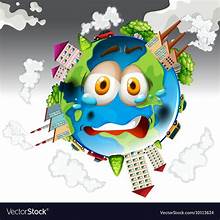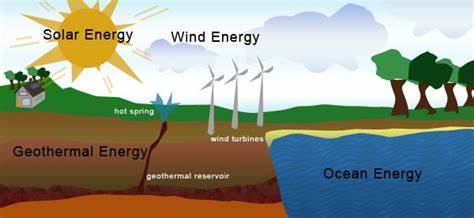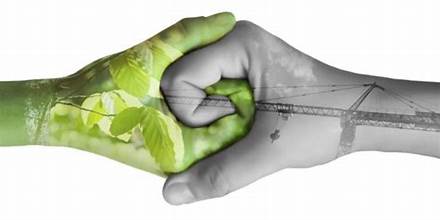POLLUTION
Pollution is the introduction of substances or energy into the environment that cause harm or discomfort to living organisms, disrupt ecosystems, and alter the natural balance of the environment. It can result from human activities or natural processes, although the majority of pollution is caused by human actions. Pollution can manifest in various forms, affecting air, water, soil, noise, light, and more.
Here is a more detailed explanation of different types of pollution:
- Air Pollution: Air pollution involves the release of harmful substances into the atmosphere, which can have detrimental effects on human health, wildlife, and the environment. Common air pollutants include carbon dioxide (CO2), sulfur dioxide (SO2), nitrogen oxides (NOx), ozone (O3), particulate matter (PM), and volatile organic compounds (VOCs). Sources of air pollution include industrial and vehicle emissions, agriculture, wildfires, and burning fossil fuels.
- Water Pollution: Water pollution occurs when contaminants are introduced into water bodies, making them unfit for their intended uses, such as drinking, swimming, or supporting aquatic life. Pollutants can include chemicals, heavy metals, sewage, oil, plastics, and nutrients like nitrogen and phosphorus. Point sources (e.g., industrial discharges) and non-point sources (e.g., runoff from agricultural areas) contribute to water pollution.
- Soil Pollution: Soil pollution involves the contamination of the soil with substances like pesticides, heavy metals, chemicals, and hazardous waste. These pollutants can affect soil fertility, crop growth, and the health of organisms that rely on the soil. Soil pollution is primarily caused by improper waste disposal, industrial activities, mining, and agricultural practices.
- Noise pollution: is excessive, unwanted, or disturbing sound that disrupts the natural acoustic environment. It can have adverse effects on human health, causing stress, hearing impairment, and other health issues. Noise pollution often stems from urbanization, industrial activities, transportation, and recreational activities.
- Light Pollution: Light pollution is the excessive or misdirected artificial light that interferes with the natural darkness of the night sky. It disrupts ecosystems, disturbs wildlife behavior and migration patterns, and affects human circadian rhythms and sleep cycles. Common sources of light pollution include outdoor lighting, streetlights, and advertising signs.
- Thermal Pollution: Thermal pollution occurs when there’s a significant change in water temperature in natural water bodies due to human activities like the discharge of heated water from industrial processes or power plants. This temperature change can harm aquatic organisms and disrupt the balance of the ecosystem.
- Plastic Pollution: Plastic pollution is the accumulation of plastic waste in the environment, particularly in oceans and water bodies. It poses a severe threat to marine life, as animals can ingest or become entangled in plastic, leading to injury or death.
- Radioactive Pollution: Radioactive pollution involves the release of radioactive substances into the environment, often due to nuclear accidents, improper handling of nuclear waste, or nuclear testing. Radioactive pollutants can contaminate air, water, soil, and food, posing significant health risks.
Efforts to combat pollution involve regulatory measures, technological advancements, public awareness campaigns, and a shift toward sustainable practices. Sustainable waste management, renewable energy adoption, conservation of natural resources, and responsible consumption habits are crucial to mitigating pollution and preserving the environment for future generations.


